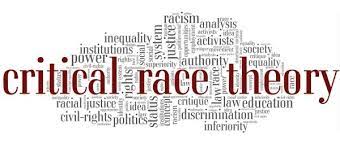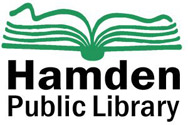
Chances are you have heard about something called Critical Race Theory(CRT), most likely from watching a national or local television news/opinion show, possibly even on social media. The issue of CRT has now been localized and entrenched in Connecticut’s local school board races and regional politics.
So what exactly is Critical Race Theory(CRT)? It is an academic theory, which originated in American Law and Graduate schools.
Encyclopedia Britannica definition: “Critical Race Theory (CRT), intellectual movement and loosely organized framework of legal analysis based on the premise that race is not a natural, biologically grounded feature of physically distinct subgroups of human beings but a socially constructed (culturally invented) category that is used to oppress and exploit people of colour. Critical race theorists hold that the law and legal institutions in the United States are inherently racist insofar as they function to create and maintain social, economic, and political inequalities between whites and nonwhites, especially African Americans.”
A Syracuse University study on CRT: “Critical Race Theory (CRT) originated in US law schools, bringing together issues of power, race, and racism to address the liberal notion of color blindness, and argues that ignoring racial difference maintains and perpetuates the status quo with its deeply institutionalized injustices to racial minorities.”
CRT is often confused with terms like equity, diversity or inclusion when they turn up in school curriculum or workplace training. In Connecticut, it seems that a 2020 law, Public Act 19-12, that requires high schools to offer courses on Black and Latino studies may have sparked some misunderstanding. School reading lists can often include books on social justice and racial equity, which has been true for decades. Some of the misunderstanding can be attributed to state lawmakers and candidates for office using CRT as a hot button campaign issue, however, the Hartford Courant found that “claims of CRT in Connecticut schools lack evidence.”
Further Readings are Available:
“Words That Wound’’(1993) is the seminal book by the founding scholars of the CRT academic movement. Check with your library
“Critical Race Theory: An Introduction”(2001) lays out the movement’s genesis and principal views.
The American Bar Association: A Lesson on Critical Race Theory
